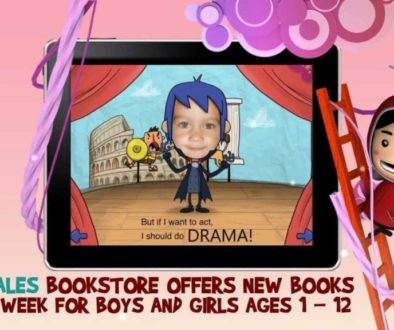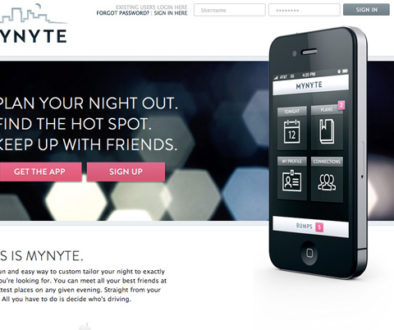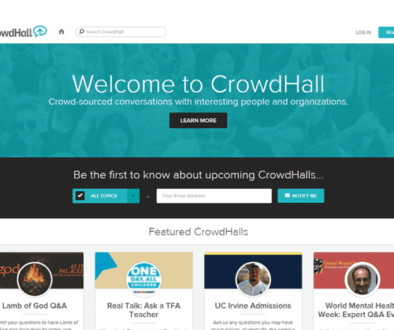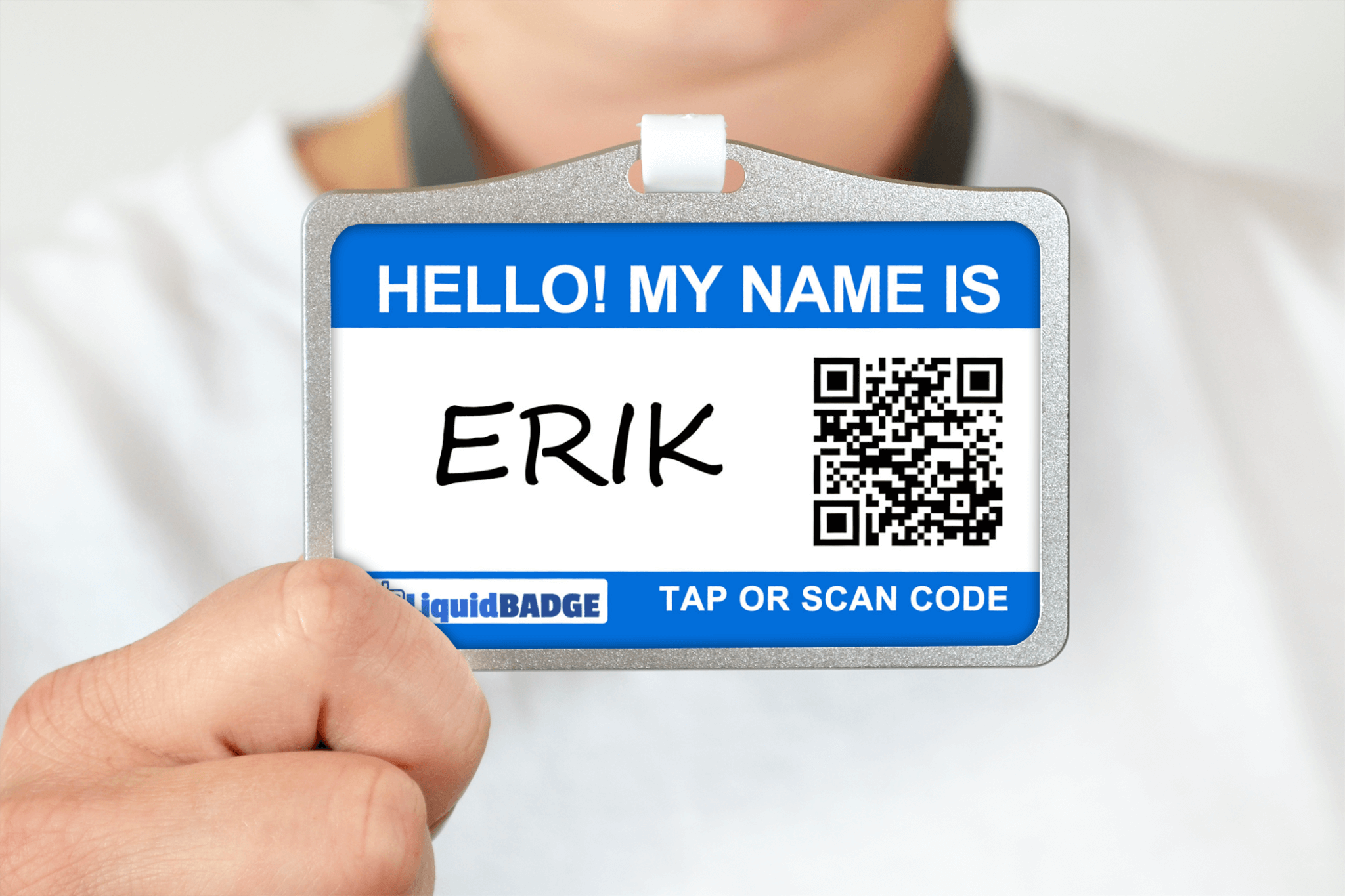Startup Profile: Grammarly
Grammar rules can be confusing to many people, and are constantly evolving. Grammarly was created to provide an easy way for students, professionals, job seekers, and English language learners to become better, more accurate English language writers — and help them learn and understand the rules of grammar.
The leading online application for perfecting English writing, Grammarly’s powerful algorithms check for more than 250 types of spelling, grammar and punctuation errors, enhance vocabulary usage and suggest citations. Grammarly’s core English grammar checking engine relies on powerful algorithms and cloud-based processing infrastructure to accurately catch writing errors. I recently sat down with Brad Hoover, CEO of Grammarly to learn about how the company was started, how it operates, and what is in store for the future.
Tell us about yourself first. What is your history? Where did you go to school and work in the past?
As CEO of Grammarly, I focus on product strategy, team building, business development and operations. Previously, I served as an investor at venture capital firm General Catalyst Partners, where I worked with high-growth consumer internet, SaaS and mobile companies as a board member, adviser, recruiter, business development resource, and adjunct team member. Prior, I was a consultant with McKinsey & Company and with Arthur Andersen. I earned a BS in Operations Research and Industrial Engineering from Cornell University.
Who have been your business startup inspirations? Did you learn anything from them specifically?
During my time at General Catalyst Partners, I had a unique opportunity to work directly with many highly successful serial entrepreneurs. I’ve also learned a lot from Grammarly co-founders Max Lytvyn and Alex Shevchenko, who are inspirational in their own right given their success as serial entrepreneurs from a young age. The most important lesson is the value of focus and commitment, in all aspects of life.
What was your inspiration to start your company?
Writing quality impacts credibility in the workplace and elsewhere. As a professional I write constantly. After looking for a solution to proofread my emails I began using Grammarly, which opened my eyes to the value of an automated proofreader. After meeting the founders of the company, I realized that Grammarly had a truly exceptional team, product, and business, as well as a unique opportunity to help more than two billion native and non-native English language speakers worldwide. Serendipitously, co-founders Max Lytvyn and Alex Shevchenko were looking for a partner to build Grammarly, and I joined as CEO a few months later.
Tell us how your company started and when. Who was involved and what did each person do?
After selling their prior company, Grammarly co-founders Max Lytvyn and Alex Shevchenko asked our technical team to solve the most interesting problem they could think of. Our engineers decided to create the world’s most accurate English grammar checker, and some time later Grammarly was born. The creation of Grammarly required a variety of algorithmic breakthroughs, and our team continually evolves its algorithms.
Tell us an interesting story about your business. Were there any “wow” moments? Anything funny or unusual?
Grammarly has made a positive impact in the academic and professional worlds. Writing is one way in which people are measured, and a properly written sentence or paragraph can make the difference in receiving a passing or failing grade, job offer, promotion or pay raise. In a survey of Grammarly users with more than 800 respondents, 63 percent reported that Grammarly increased their writing confidence and 83% reported that Grammarly saved them time while writing. Among student users, 99% said that Grammarly improved their writing grades. This survey demonstrated the clear value of Grammarly’s product, and encouraged us to double down on our team and product investments.
What is your role in the company now?
As CEO of Grammarly, I focus on product strategy, team building, business development, and business operations. Working with Max, Alex and the entire Grammarly team, Grammarly has grown to help more than 3 million registered users. Our key metrics are doubling annually, and while we’re primarily a consumer business, we also have more than 100 enterprise clients. Moreover, Grammarly currently has more than 500,000 enthusiastic and engaged fans on Facebook.
My role in the company is to help set the vision, hire an exceptional team, remove any barriers that keep our team from achieving the vision. This requires maintaining a very high hiring bar — we typically interview more than 50 people for every person we hire. Doing so is quite challenging given our rapid growth, so we’ve built a dedicated in-house team of five recruiters. To ensure our technical development moves as quickly and efficiently as possible, we also relying on a network of luminary technical advisers such as Bob Berwick at MIT.
What does your company sell and how does it make money?
Grammarly provides the world’s leading software suite for perfecting written English. Grammarly’s Editor fixes contextual spelling mistakes, finds more than 250 types of grammar and punctuation errors, enhances vocabulary usage, and suggests citations. It is accessible at Grammarly.com, or as a Microsoft Office plug-in. As a consumer Saas business, we make money primarily from individual subscriptions (monthly, $29.95; quarterly, $59.95; and annual, $139.95), although we also sell enterprise licenses to education institutions, enterprises, and government entities.
Which companies do you consider to be competitors?
Grammarly can be accessed 24×7 from any computer via the Internet, and our technology catches significantly more errors than competitors such as Microsoft’s spell and grammar check, while also offering unique features such as writing enhancement and citation suggestions. As such, Grammarly doesn’t have any serious direct competitors, though Microsoft and Google may be considered indirect competitors.
What makes your products and services better than competitors’ offerings?
Grammarly is a pioneer in the automated proofreading marketplace. Grammarly utilizes sophisticated algorithms and powerful cloud-based computers to identify and correct English spelling and grammar mistakes. We also work with academia to ensure that our software is accurate and that it has a strong passive learning component to maximize value for English writers.
What are revenues so far this quarter? Year? What is your quarterly revenue growth from this same quarter in 2012?
Grammarly has doubled its metrics year-over-year since inception. This includes revenue, users, team members, etc. We don’t discuss revenues.
Does the company have any cash flow from financing activities? What is your total debt, if any?
Grammarly has been bootstrapped to date.
Are you planning an IPO? If so, when? How are you raising capital?
Grammarly is focused on building the best product in the automated proofreading market. We’ve bootstrapped the company to this point, and don’t have any current plans for fundraising or IPO.
Where do you see the company in five years in terms of revenue and profitability?
We operate in a multiple billion dollar market, and we plan to capture a large portion of the market to become a billion dollar plus revenue company, whether it takes two years or ten years.
What would you define as your “primary market”?
Grammarly’s mission is to improve written communication among the world’s more than two billion native and non-native English language speakers worldwide. Our target market includes anyone writing English worldwide, be they students, professionals, or English language learners.
How big do you think this market will be in terms of total revenue in 2015?
English proofreading and English language learning are both multi-billion dollar markets already, and Grammarly is refining a new, technologically advanced product to address and expand both markets. Automated proofreaders have the potential to be a multi-billion dollar market in their own right, and we are looking forward to making that a reality.
What forms of marketing do you use to attract clients?
Our product is our primary marketing channel, and most of our growth comes from word of mouth. In addition, Grammarly is using online and social media marketing channels to reach potential customers. As an example, our Facebook page has more than 500,000 enthusiastic and engaged fans.
How big is the company in terms of its workforce?
Grammarly has more than 50 team members in our San Francisco and Kiev, Ukraine offices.
What are the biggest growth catalysts (new technology, new offerings, etc.) for you right now? Tell us about any patents or other IP.
Our products. The majority of our team is focused on constantly improving our products, which increases word of mouth adoption, and drives hockey-stick growth.
To learn more about Grammarly visit their web site at http://www.Grammarly.com





